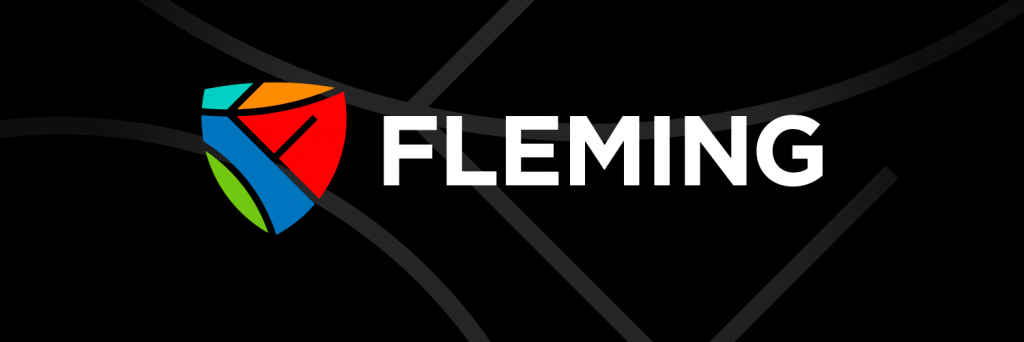Today, in a digital age, institutions’ communication with prospective students has a considerable impact on their decision-making. This is critical, especially if you are a Program Coordinator or Faculty member. Let us travel to find out the mysteries of good communication.
Setting the Stage: Sarah’s Dilemma
Let us meet Sara who is a very ambitious student aspiring to specialize in Global Business Management. She has sent inquiries to so many institutions her inbox is full and she is overwhelmed. Surrounded by a sea of responses, a particular approach of one institution is what makes her feel valued and informed. What can you do to make your institution be that beacon, Sarah, and many others?
1. Choosing the Ideal Communication Channel
The best channel and mode of communication should be selected from the available options and adopted so that effective communication is facilitated.
Email: The reliable old friend. It’s detailed, thorough, and documented.
Pros: Popular, convenient for detailed data, easy to archive.
Cons: Impersonal and at risk of being buried in a crowded inbox.
Phone Call: The direct approach. It’s direct and it creates an intimate mood.
Pros: Immediate feedback, opportunity to query doubts on the spot.
Cons: Unscheduled intrusive; possibility of miscommunication.
Text Messaging: The modern quickie. It is to the point and sounds urgent.
Pros: Suitable for reminding or brief messages with high engagement rates.
Cons: It can be seen as a bit casual because its content is limited.
Social Media & Messaging Platforms: The new-age connectors.
Pros: Sharing of multimedia is common among the young, this is familiar.
Cons: Such boundaries can blur and require constant monitoring.
Virtual Meetings: The digital face-to-face. It spans the distance when physical contact is not possible.
Pros: Multimedia based, can simulate an environment like a classroom or an office.
Cons: Technology could make such scheduling a real challenge.
2. Timing: The iron must be hot when the iron is striking.
Weekdays: The student’s golden hours are from 10:00 AM to 4:00 PM in the student’s local time. This is the time when they are most likely to pay attention.
Application Periods: This is your window. Be prepared to receive a massive number of requests and questions.
Weekends: Proceed with caution. Respect their downtime.
3. Crafting Messages that Resonate
Personalization: Address them by their name and reference any earlier encounters or special areas of interest.
Clarity & Brevity: Be straight to the point, to the point, and don’t overload them with information.
Resource Allocation: Give hyperlinks to relevant materials like course modules, profiles of the faculty members, or even student testimonies.
Prompt Responses: Time is of the essence. Timely response leaves a permanent impression.
Follow-Up Strategy: After a week, you can give a gentle nudge, if there’s no response, to show that you care.
4. Navigating the Privacy Maze
Privacy is of the essence in this data breach era. Ensure consent before contact and use more general communication tools, such as phone or text, in particular. To avoid pitfalls become familiar with global data protection regulations.
5. The Feedback Goldmine
Your compass can be regular feedback. Incorporating periodic surveys or feedback forms will be of great benefit as they may give you vital information in relation to your approach and students’ needs.
Conclusion: The Art of Standing Out
Sarah is one of the thousands of prospective students who are looking for a beacon to guide them. The lighthouse in this sea of institutions vying for attention is your communication strategy. However, if you are time-conscious, respectful, and adaptable, you can not only answer their questions, but also establish a lasting foundation of trust and rapport that will outlive the decision-making process.





